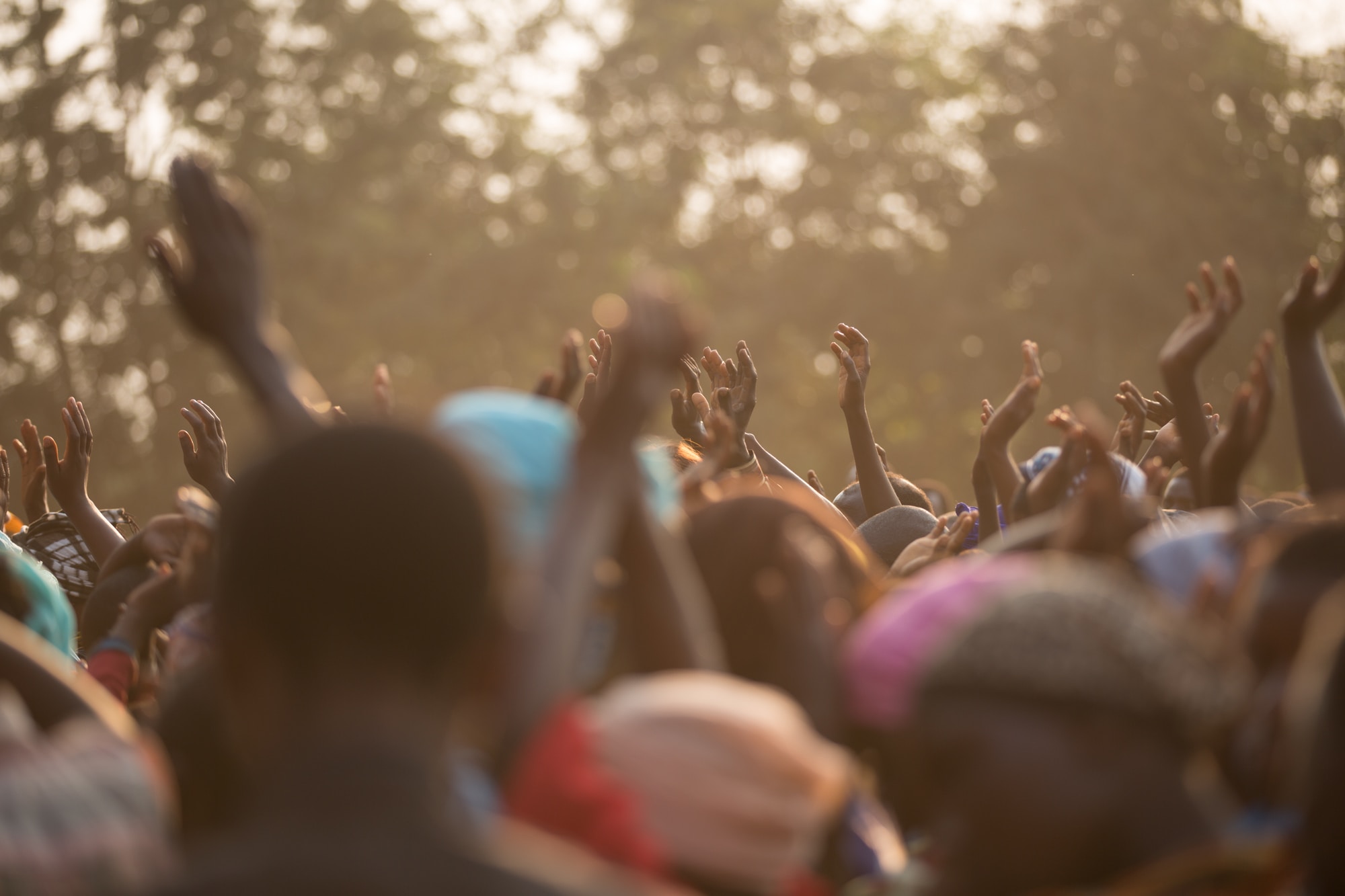Once relegated to the periphery, the environment has recently been embraced by the World Economic Forum – the 54th annual meeting took place in Davos, Switzerland, from 15 to 19 January 2024 – as one of its key pillars. The sessions presented the latest proposals for progress on global security, trade, economic growth, jobs, climate and nature action, energy transition, technological revolution, health and well-being.
The goal was to help connect the dots in an increasingly complex environment and provide predictions by introducing the latest advances in science, industry and society. The meeting was preceded by the publication of the usual update of the Global Risk Report, which outlines some future macro trends.
The next decade will usher in a period of significant change, pushing our ability to adapt to the limit. Environmental crises, such as extreme weather events, have destabilised both economies and businesses, eroding profit margins and delaying supply chains.
On the other hand, due to the continuing impact of the Covid-19 pandemic, as well as the energy crisis and inflation, climate change and carbon neutrality efforts around the world have slowed significantly. A scenario of global economic anxiety and rapid technological change completes the picture.
How the Global Risk Report is built
The report highlights the findings from the annual Global Risks Perception Survey (GRPS), which brings together the collective intelligence of nearly 1,500 global leaders across academia, business, government, the international community and civil society. It also leverages insights from over 200 thematic experts.
For the 2024 report, respondents were asked to: assess the severity of global risks over a one-, two-, and ten-year horizon (risk landscape); consider the range of potential impacts of a risk arising (consequences); reflect on which approaches have the most potential for driving action on global risk reduction and preparedness (risk governance); and predict the evolution of key aspects underpinning the global risks landscape (outlook).
The report contextualises its analysis through four structural forces, reflecting systemic elements of the global landscape:
- Trajectories relating to global warming and related consequences to Earth systems (climate change);
- Changes in the size, growth, and structure of populations around the world (demographic bifurcation);
- Developmental pathways for frontier technologies (technological acceleration);
- and Material evolution in the concentration and sources of geopolitical power (geostrategic shifts).
The @wef's Global Risks Report 2024 is now out ahead of the Annual Meeting next week in Davos. In an age of globally interconnected challenges, revitalizing #cooperation is necessary for advancing resilience, growth and security.
Convening under the theme “Rebuilding Trust”, the… pic.twitter.com/GoGXMmE8PH
— Børge Brende (@borgebrende) January 10, 2024
2024 Main results
As the world contends with heightened global conflicts, severe climate conditions such as wildfires, droughts, and floods, and an escalating sense of societal discontent, the 2024 report paints a predominantly bleak picture for the world in the next two years (84% of respondents express concern), with prospects expected to deteriorate over the following decade (92% are pessimistic).
According to the report, the foremost immediate threats (anticipated to be most severe in the next two years) include: 1) misinformation and disinformation; 2) extreme weather events; 3) societal polarisation; 4) cyber insecurity; and 5) interstate armed conflict. Over the course of the next ten years, the most severe threats, as identified in the report, are: 1) extreme weather events; 2) critical change to Earth systems; 3) biodiversity loss and ecosystem collapse; 4) natural resource shortages; and 5) misinformation and disinformation.
Environmental risks continue to dominate the risks landscape over all three time frames. Two-thirds of GRPS respondents rank extreme weather as the top risk most likely to present a material crisis on a global scale in 2024 with the warming phase of the El Niño-Southern Oscillation (ENSO) cycle projected to intensify and persist until May this year.
It is also seen as the second-most severe risk over the two-year time frame. Similar to last year’s rankings, environmental risks dominate the top 4 global risks by severity over a ten year time frame.
However, GRPS respondents disagree about the urgency of environmental risks, in particular biodiversity loss, ecosystem collapse and critical change to Earth systems. Younger respondents tend to rank these risks far more highly over the two-year period compared to older age groups, with both risks featuring in their top 10 rankings in the short term.
The private sector highlights these risks as top concerns over the longer term, in contrast to respondents from civil society or government who prioritize these risks over shorter time frames. This dissonance in perceptions of urgency among key decision-makers implies sub-optimal alignment and decision-making, heightening the risk of missing key moments of intervention, which would result in long-term changes to planetary systems.
Rebuilding Trust in Science with @richardwedelman (@EdelmanPR), @VasNarasimhan (@Novartis), @DrBladeNzimande (@GovernmentZA), @Magda_Skipper (@nature) and @starkwatzinger (@BMBF_Bund) #wef24 https://t.co/ip5J8iBP90
— World Economic Forum (@wef) January 19, 2024
Emerging as the most severe global risk anticipated over the next two years (and fifth most impactful risk over ten years) foreign and domestic actors alike will leverage misinformation and disinformation, further widening societal and political divides. With 3 billion people heading to electoral polls in 2024, the widespread use of misinformation and disinformation, and tools to disseminate it, may undermine the real and perceived legitimacy of newly elected governments.
Recent technological advances, such as generative artificial intelligence, have enhanced the volume, reach and efficacy of falsified information, the longer-term erosion of democratic processes compounded by unrest ranging from violent protests and hate crimes to civil confrontation and terrorism.
The risk of misinformation and disinformation was notably absent from the top ten risks the 2023 edition of the report identified, both over the two- and ten-year timeframes.
Societal polarisation features among the top three risks over both the current and two-year time horizons, ranking ninth over the longer term. In addition, Societal polarisation and Economic downturn are seen as the most interconnected – and therefore influential – risks in the global risks network (Figure D, see below), as drivers and possible consequences of numerous risks.
Interstate armed conflict is a new entrant into the top risk rankings over the two-year horizon. As the focus of major powers becomes stretched across multiple fronts, conflict contagion is a key concern. There are several frozen conflicts at risk of heating up in the near term, due to spillover threats or growing state fragility.
This becomes an even more worrying risk in the context of recent technological advances. In the absence of concerted collaboration, a globally fragmented approach to regulating frontier technologies is unlikely to prevent the spread of its most dangerous capabilities and, in fact, may encourage proliferation.
Over the longer-term, technological advances, including in generative AI, will enable a range of non-state and state actors to access a superhuman breadth of knowledge to conceptualise and develop new tools of disruption and conflict, from malware to biological weapons.
Perspectives
The future is not fixed: a multiplicity of different futures is conceivable over the next decade. Although this drives uncertainty in the short term, it also allows room for hope. Alongside global risks and the era-defining changes underway lie unique opportunities to rebuild trust, optimism and resilience in our institutions and societies.
Among actions to address global risks in a fragmented world, the report points to localised strategies leveraging investment and regulation, single breakthrough endeavours, as well as cross-border cooperation. Localised strategies leveraging investment and regulation can reduce the impact of those inevitable risks that we can prepare for, and both the public and private sector can play a key role to extend these benefits to all.
Single breakthrough endeavours, grown through efforts to prioritise the future and focus on research and development, can similarly help make the world a safer place. The collective actions of individual citizens, companies and countries may seem insignificant on their own, but at critical mass they can move the needle on global risk reduction.
Finally, even in a world that is increasingly fragmented, cross-border collaboration at scale remains critical for risks that are decisive for human security and prosperity.








